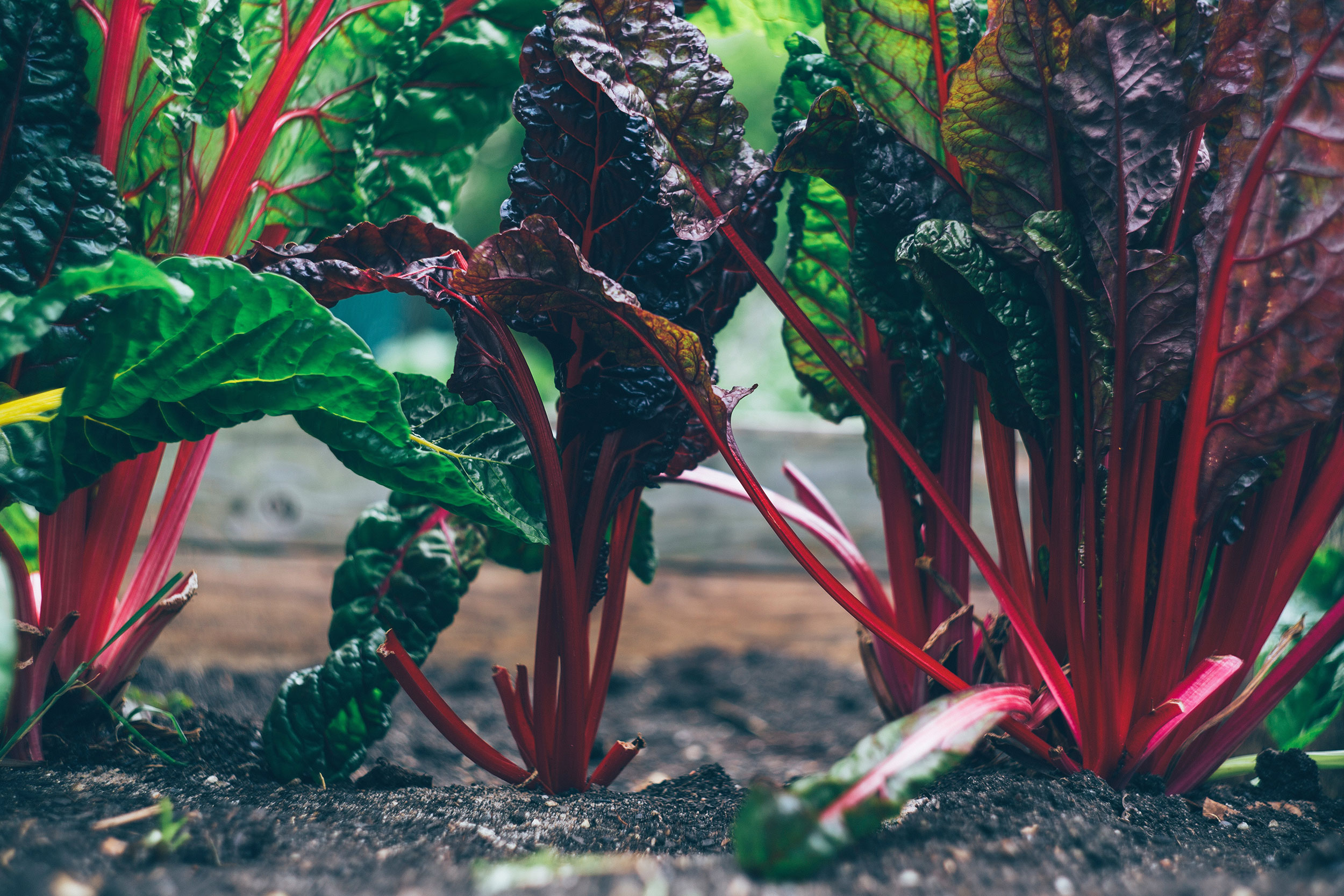Agriculture sits squarely at the centre of the war against climate change. It is an industry vulnerable to extreme weather events, which also needs to use large amounts of energy. Meanwhile a growing population and changing weather conditions cause frequent crop shortages, adding fuel to the fire.
No wonder farmers often need to diversify as they struggle to survive on a traditional single income stream. Increasingly, the industry is finding ways to use land to create or store energy. This generates new revenue streams while playing a crucial role in mitigating climate change.
Using land to create energy is nothing new — reportedly 40% of UK farmers already use sun, wind and farm by-products to generate electricity for farms. However, expanding on this premise is where the money lies — developers are hunting for large-scale solar sites and will pay a premium to lease vast areas of land for solar generation. A recent report found that, depending on the site, a landowner could expect £850 per acre of available land, with a solar-plus-storage site generating an income of £1,000 per acre plus £2,000 for each megawatt of storage.
We can learn great lessons from examples such as Apsley Farms in Hampshire, which diversified its business by investing in an anaerobic digester. This uses plant-derived materials, including manure, crop residues, compost, municipal solid waste, food waste and paper, breaking them down in a sealed tank to force digestion by micro-organisms. The resulting biogas is used to generate heat and power, and the nutrient-rich by-product — digestate — can be sold as a fertilizer
Linking a generator to a transmission network or distribution system allows the export of electricity, and reducing landfill is tax-efficient. The potential for multiple revenue streams, as well as the holistic benefits of creating a sustainable and environmentally friendly process, makes anaerobic digestion a sound investment opportunity for landowners. Such is Apsley Farms ’success that, in 2016, it added a CO2 recovery system, which separates CO2 from CH4 (methane), with the former released into the atmosphere and the latter sent to the grid. A further incentive is to capture the CO2, analyse it for quality and sell it as a by-product.
Even smaller farms with less capacity for large-scale plants can benefit by burning biogas in a boiler and using it on-site.
Evolving technology also provides the scope to store excess energy in battery storage, increasing the potential of an additional revenue stream while mitigating grid and network limitations that are found in rural areas. Releasing energy at peak times helps protects against fluctuating prices.
In uncertain times, agro-energy production has huge potential for farmers, creating sustainable, resilient and future-proof income, while helping to ensure a brighter, greener future for us all. We’d call that a win-win!
To find out more how our agriculture experts can help you and your business, please click here.
